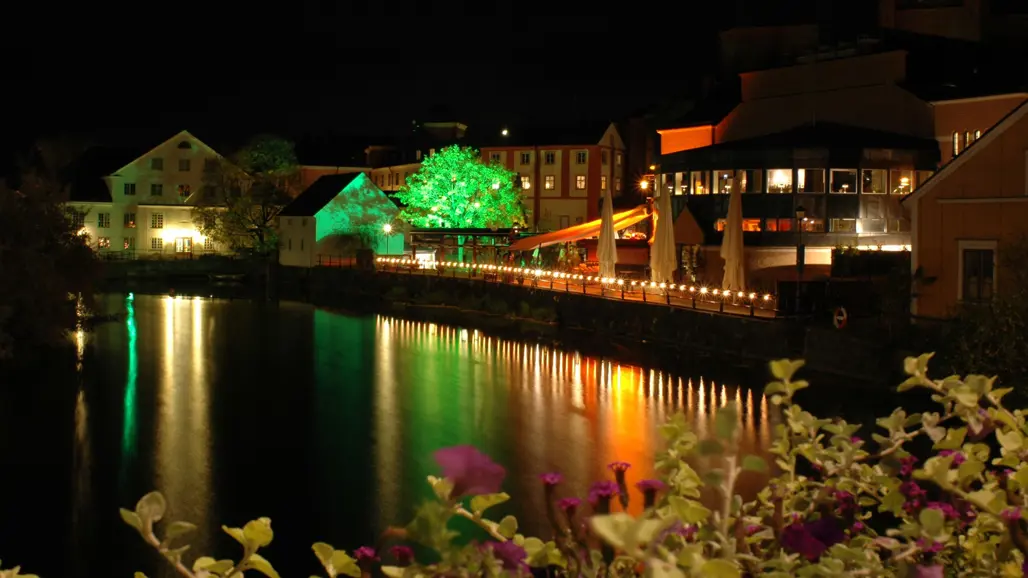
Design of Urban Landscapes
The subject area Design of Urban Landscapes promotes design as an indispensable conceptual and technical activity for steering the transformation of contemporary urban landscapes.
Most of us bring a background in professional practice, technically or artistically oriented, to this work. With an annual course responsibility of 220 ECTS credits, we deliver much of the teaching within the Department, especially in practice-oriented studio formats. We view teaching as a chance to support serious design research, and we adopt local as much as international perspectives, required by our students originating from various backgrounds and cultures. We are committed to teaching and research, and aim at generating action-oriented knowledge for today’s societal challenges.
Our contribution to knowledge is based on design research. Being relatively young, this field of research does not rely on an accepted canon nor a fixed repertoire of research practices, methodologies and epistemologies. Instead, it features a multitude of competing and complementary approaches. Most of them belong to Mode 2 (transdisciplinary) or Mode 3 (transformative) research. We advance scholarship in the field by defining and theorising multiple perspectives and approaches in landscape architecture.
Research and education
Research, teaching and praxis play clearly distinct roles within this endeavour, each following their specific set of rules, yet they are intimately related. To help overcome segregated fields of knowledge, we offer catalysing competencies. We strive for strong integrative teaching and research around the following themes:
Artistic expression and design tools, reaching from the basic artistic skills to transfer personal thoughts and moods into form and material, to the elaborate ability to conceptualize the complex challenges of today’s urban landscapes, both in analogue and digital ways.
Landscape construction, encompassing knowledge about materials and techniques for today’s urban landscapes, the interplay of ‘green’, ‘grey’ and ‘blue’ components, of material and immaterial qualities, of drawing and making.
Design strategies and theories, proffering design methods for large-scale development projects while promoting site specific transformations of existing landscapes to counter generic and tabula rasa approaches; and researching the theoretical foundation of landscape architectural design, how we teach and learn, how we interact with professionals and citizens, how we present our work to the world.
Contact
-
PersonLinn Osvalder, UniversitetsadjunktDepartment of Landscape Architecture, Planning and Management
-
PersonCaroline Dahl, UniversitetslektorDepartment of Landscape Architecture, Planning and Management